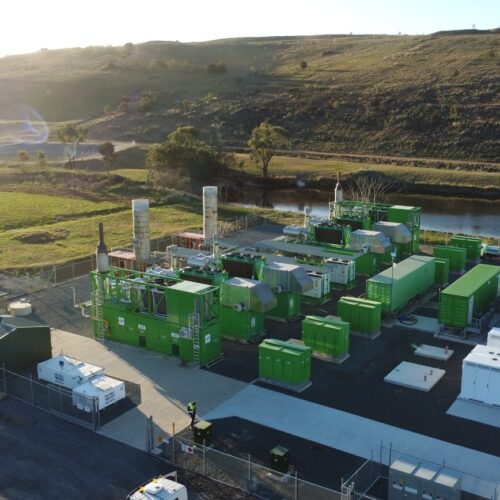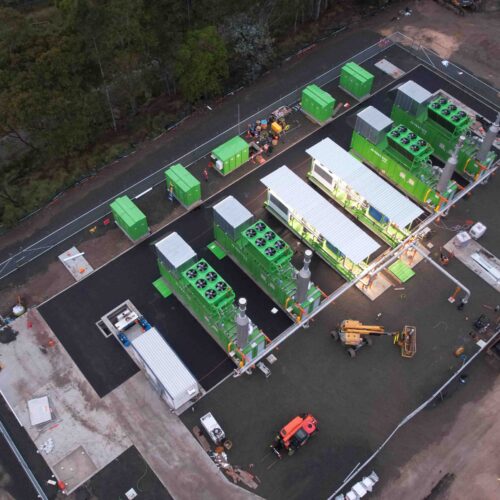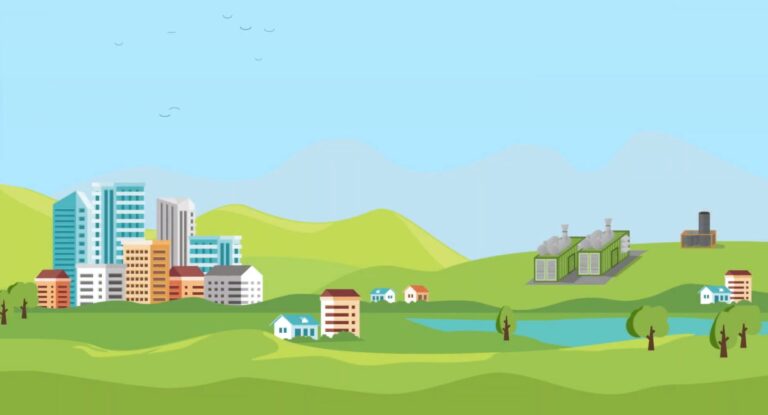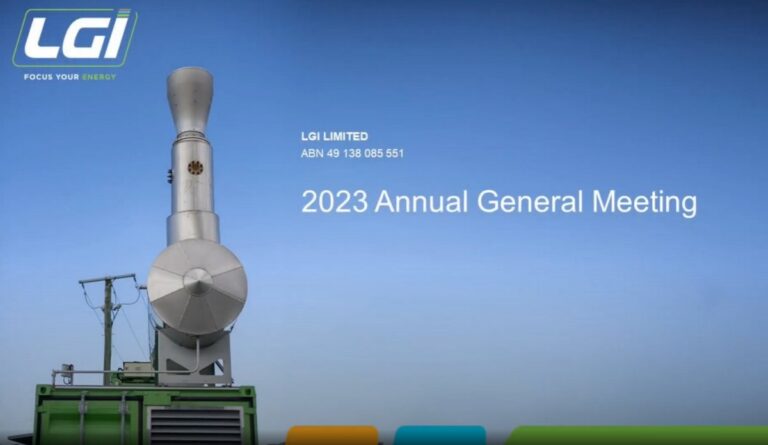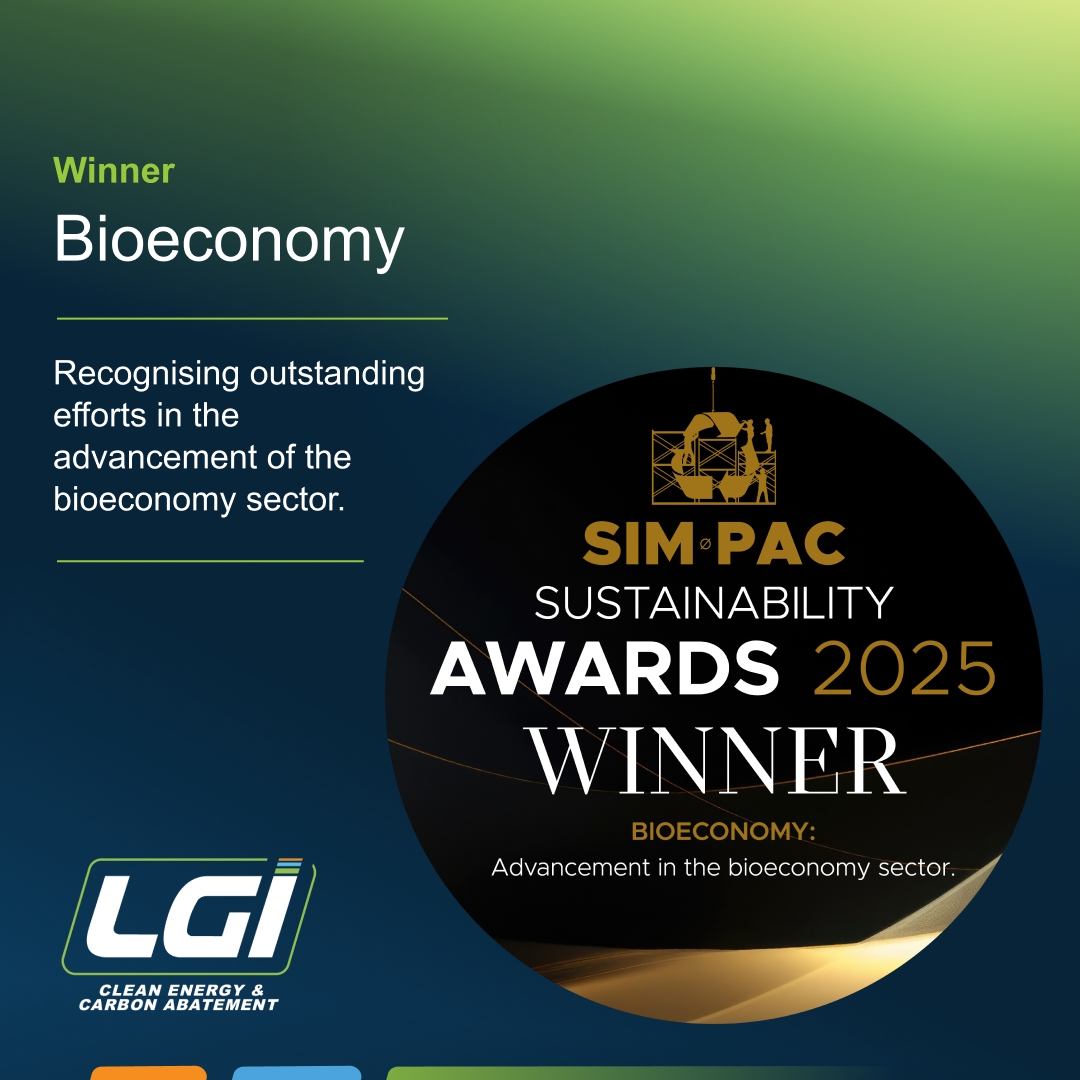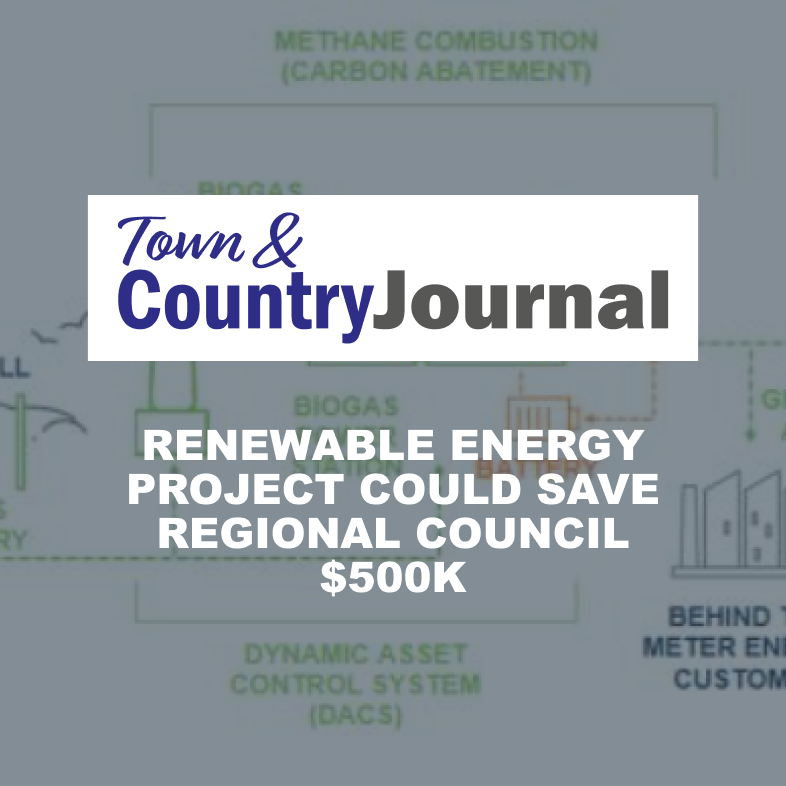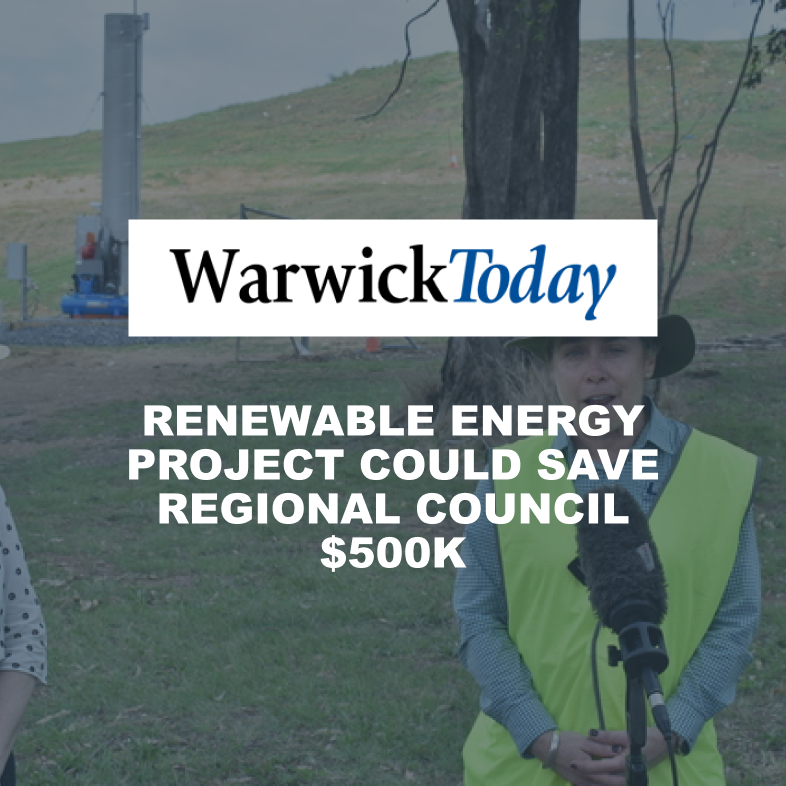Gas flaring protects environment and community
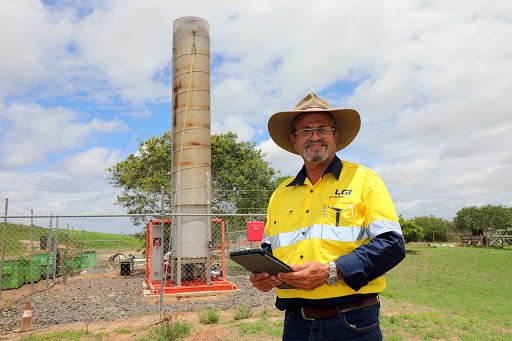
Scott Prior from LGI at the gas flaring facility within Bundaberg Regional Council’s University Drive Waste Facility
More than 41 million cubic metres of potentially harmful methane gas has been extracted from Bundaberg landfills since gas flaring facilities were installed.
This has reduced the amount of carbon dioxide entering the atmosphere by a whopping 71,664 tonnes.
To put that in perspective, it’s equivalent to the amount of energy required to power 12,133 houses for a year.
The environmental benefit could be matched by growing 1,184,979 tree seedlings for 10 years.
The systems take potentially harmful methane gas – a natural byproduct as organic materials breakdown – and converts it to carbon dioxide which is about 28 times less harmful to the environment.
LGI manages the gas flaring facilities at the Cedars Road and University Drive landfills on behalf of Bundaberg Regional Council.
Business Development Manager Katrina Nelson said with the Cedars Road facility installed in 2013 and University Drive coming online in 2016, the gas flaring outcomes had exceeded expectations.
“A lot of people don’t ever think about where their waste goes,” Katrina said.
“They have no concept that there is methane that needs to be captured.
“Capturing that gas will be important for a long time to come and we can do something good with it.
“Landfills are going to be generating methane for years, so they need to be managed for a very long time.”
Carbon credits are generated through the process which assists in funding a portion of the cost of running the gas flaring units, which are required under Council’s environmental licence.
“Because there is revenue associated with earning carbon credits that enables the Council to be able to afford to have a best practice gas extraction system,” Katrina said.
“From a pragmatic perspective if the gas is not extracted it could potentially just seep out into the atmosphere and either damage the environment or cause health and safety problems.”
Field technician Scott Prior looks after LGI’s biogas flaring facilities between Gladstone and Hervey Bay and is based in Bundaberg.
He said Bundaberg Regional Council had been proactive in its landfill management practices.
“The region seems to be quite proactive in meeting what they see as their environmental responsibly as good corporate citizens,” Scott said.
He’s worked in the waste industry for 35 years, starting out at the tip face before working his way up to management positions and ultimately completing a post graduate degree in environmental science.
Now focussing on gas flaring and power generation Scott said he’s found his calling.
“I like being involved in what is a much more positive side of the waste industry.
“To be able to do something positive is what gets me up in the morning.”
Bundaberg Regional Council is currently investigating options to convert the biogas captured at its landfill sites into energy.

